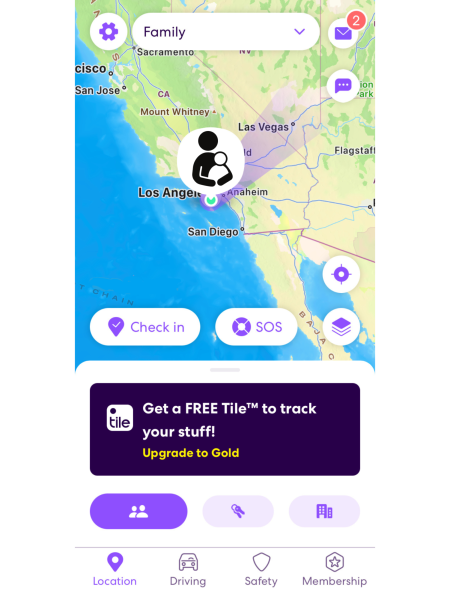Click to Ship: Its harmful effects on the environment
It was the summer of 2017, and I had just made my first purchase: a bag of forty scrunchies for seven dollars on the world’s largest online store, Amazon. I selected the Amazon Prime option for a twenty-four hour delivery period, unaware of the consequences. That day, five separate packages from five trucks arrived at my house, the last one being my order. I wish I had known back then that the prime button wasn’t that amazing.
Annually, a consumer pays 119 dollars for the expedited shipping method offered through Amazon Prime. Although the deliveries might be efficient for the average consumer and are an affordable luxury welcomed in our busy lives, many people fail to recognize the environmental effects.
Amazon, like many other fast-shipping companies (UPS and FedEx), continue to inflate their carbon footprint via instant shipping methods. The companies allow purchases and deliveries to the consumer’s home multiple times in one day using different trucks each time.
The popularity of instant delivery is fueled by the desire for instant gratification. According to Rakuten Intelligence, the “click to ship” time for Amazon packages has decreased within the last two years from an average of 5.2 days to 4.2 days. Consumers, however, aren’t informed that the shipping method they choose can be harmful to the environment. One-day shipping (air and van transportation) equates to about 50 lbs in carbon dioxide; two-day shipping (truck and van transportation) equates to about 10 lbs in carbon dioxide; and four-day shipping, (truck to consolidation center to truck to van), equates to 8 lbs of carbon dioxide.
According to 350 Seattle, an organization for climate justice, “In 2017, Amazon’s deliveries alone emitted about 19 million metric tons of carbon.” Without drastic changes made on Amazon’s part, their carbon footprint and overall carbon emissions will continue to increase.
Both corporations and consumers play a role in how Amazon Prime affects the environment. Amazon needs to create solutions to combat their evergrowing carbon footprint, such as limiting the usage of one day shipping, decreasing the emissions of fossil fuels from Amazon’s trucks, and reevaluating transportation methods as a whole. The consumerist market values “click to ship” speeds; so if consumers opted for dropbox pickup, the truck would drop off many shipments at one location, emitting significantly less carbon dioxide levels.
Aurora Khatibi Garrity (11) is a staff writer and member of the social media team for The Point! At PVHS, she is excited and ready for a year of growth...






